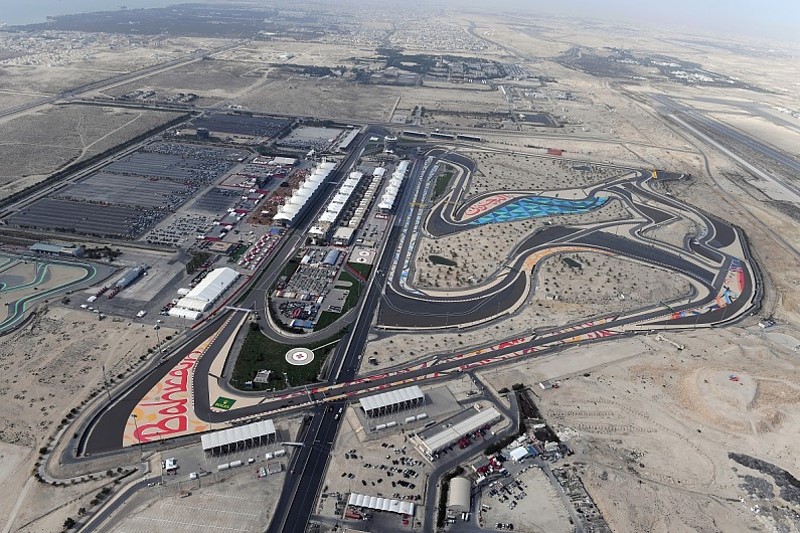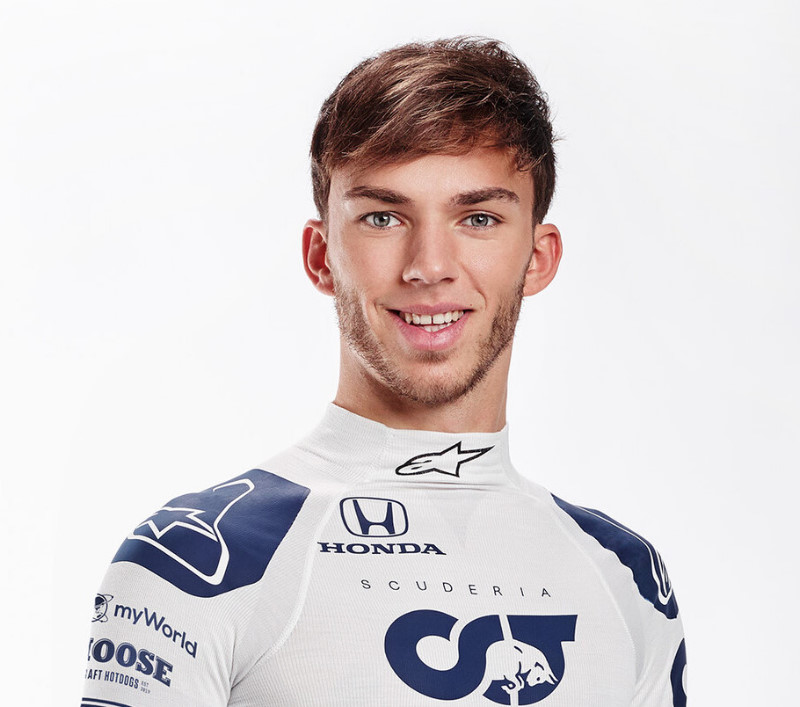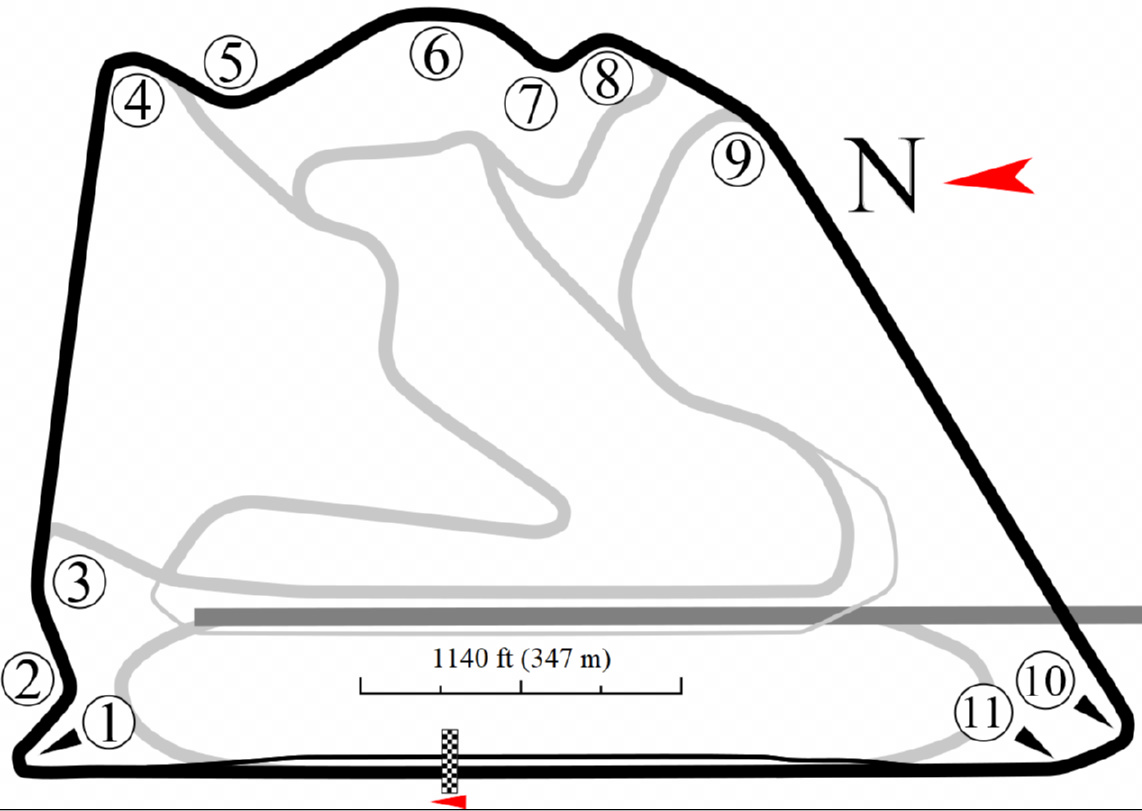Bahrain Sakhir GP Preview
Formula 1 stays in Bahrain for the second leg of its triple-header finale of the reshuffled 2020 calendar with the first-ever Sakhir Grand Prix.
With different races not allowed the same name in the same F1 world championship season, the Nurburging’s F1 race, Mugello’s F1 race, Imola’s F1 race and the Red Bull Ring’s second F1 race were named after the region the circuits are each situated in, hence why this weekend’s race is called the Sakhir GP as the track sits in the Sakhir region of Bahrain.
The Sakhir GP will also be unique as it is being run on a different track layout to last weekend’s Bahrain GP, using the Bahrain International Circuit’s outer loop.
At just 2.277 miles, the outer loop is more than a mile shorter than the current grand prix circuit, but holds an FIA Grade 1 license required to stage an F1 event.
Pierre Gasly believes Formula 1’s Sakhir Grand Prix will be “a game of slipstreaming” and compared the circuit layout to a “mini version of the Indianapolis 500.”

“The Bahrain track itself – at least the version we have raced on before – has got a few straights, which is good for overtaking, helped by the fact it is quite wide,” said AlphaTauri driver Gasly.
“As for our second race there on the different layout, it’s going to be something completely different for F1 as the track is almost an oval.
“There are just four corners, so it will be a game of slipstreaming, like a mini F1 version of the Indianapolis 500.
“I’ve done a few laps of it on the simulator and the lap time is under one minute, so dealing with traffic won’t be easy.”

“In qualifying, we will play the team game, towing your teammate round and then being towed yourself,” he explained.
“There will be a lot of slipstreaming in the race, so it will be an interesting experience and a first time for everyone.
“I think it should be a spectacular race with a lot of overtaking and it will be interesting to see if it is almost too easy to overtake with the DRS.”
Fact File: Bahrain Grand Prix
- The Bahrain International Circuit’s complex is located in the middle of the desert on a former camel farm and features 1,120 palm trees.
- Despite the track’s rural location, surrounded by sandy desert, the sand does not present the cars with any major issues and the circuit surface can clean up very quickly.
- 495 lighting posts are used to illuminate the track for FP2, Qualifying and the 57-lap race.
- The Bahrain International Circuit has one of the roughest surfaces of the season, which can lead to higher tire degradation as a result.
- Turn 10 is one of the trickiest corners because it has a long, combined corner entry that gets tighter towards the apex – which is blind over a crest. Drivers begin to apply the brakes while also negotiating the wide corner arc of Turn 9 and the track drops away at the apex. All of these factors cause the front-left tire to go light and increase the risk of a lock-up. The balance is on a knife-edge through this sequence, as drivers battle cornering and braking, which is why we often see mistakes at this point on the track.
- Because FP1 and FP3 are run in daylight, they hold little value when it comes to car balance and set-up work for Qualifying and the race – which take place in twilight.
- However, FP1 and FP3 can still prove useful for work on other items such as testing new parts or understanding the tires.
- Therefore, FP2 becomes a crucial session for teams, in order to properly prepare for the race weekend’s main events.
- When it comes to set-up, the focus is very much on tuning the car for low and medium-speed corners, because the high-speed sections of track are easily taken flat-out. Mechanical grip is an important area in Bahrain, to propel the cars out of the slow turns. This is in stark contrast to the set-up approach for tracks like Silverstone and Mugello, where high-speed corner performance is the priority.
- Bahrain’s F1 track has the joint-second highest gear change figure per lap of the 2020 season, with drivers shifting gear 58 times. This is behind Sochi and tied with the Yas Marina Circuit.
- The Bahrain Grand Prix is always punishing on the brakes, with seven braking events and three of those being classified as ‘heavy’ by our engineers – meaning the driver is braking for 0.4 seconds or longer, with 4G or more. However, we actually expect the Sakhir Grand Prix – around the Bahrain International Circuit’s ‘Outer Loop’ – to be even tougher on the brakes.
Sakhir Grand Prix – Track Characteristics
- This is the very first time that Bahrain has taken place so late in the season, but temperatures at the start and the end of the year are quite similar, so data from previous races should still be relevant. One risk present all year round is sand blowing onto the circuit from the surrounding desert, which can make the surface dirty and reduce grip.
- Sakhir is a medium severity circuit with a focus on traction and braking rather than lateral loads and the 3.543-kilometer outer circuit – set to be among the fastest in Formula 1, with a predicted average speed of around 230kph – should be a bit less demanding on tires than the standard circuit. The drivers will work hard though as the short lap will mean a lot of traffic that could make qualifying and overtaking tricky.
- There will be quite a different approach to free practice at each race. For the Bahrain Grand Prix, two of the three free sessions are held in the heat of the day, so aren’t especially relevant to qualifying and the race. The same is true of the Sakhir Grand Prix, but as this is not only a new track but a totally new style of circuit, the teams will need to collect as much tire and car data as they can by maximizing every session.
- Pirelli has opted for its middle range of compounds for the Sakhir GP, with the hard tire C2, medium tire C3 and soft tire C4 – the same range as last weekend’s Bahrain GP.
- For all of the races in the reshuffled 2020 F1 season each driver will be given the same allocation of tires per race. Each driver will get eight sets of softs, three sets of mediums and two sets of hards. Pirelli will also supply a range of wet and intermediate tires for each driver.
